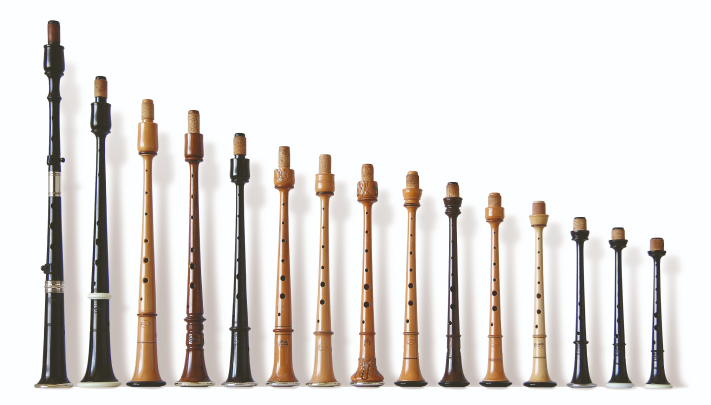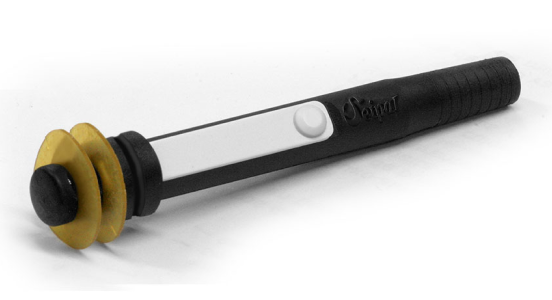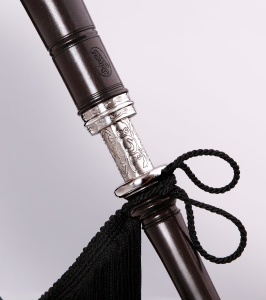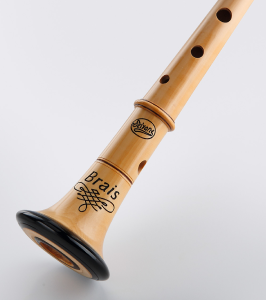- Inicio •
- Obradoiro •
- Our Contribution •
Our Contribution
In the last 50 years, the gaita has been enhanced enormously and the obradoiro, open to communicate and receive all new discoveries, takes part in many of the diverse studies, which are undertaken in order to agree criteria and to modernise the instrument.
Examples of these are the establishment of common chanter reeds in order to craftsmen succeed in producing more standardised reeds and of indisputable quality, which produce a purer sound in the gaita chanters. The restoration of the innate goatskin gaita bag and banishing other gaita bags made from materials such as rubber, that are damaging to chanter reeds, tempering and the gaita in general, as well as launching the current gaita bag made with breathable fibres.
Acoustic and musical improvements
Relative improvements have been achieved in recent years, in the acoustic and musical realm, and the Obradoiro de Gaitas Seivane is an unmistakable point of reference in the investigation and development of the instrument. Their current gaitas offer a register of an octave and a half and, using special techniques, it is almost possible to register two full octaves. At the same time, they offer a chromatic quality that is not to be underestimated, which in the last few decades has opened up new musical possibilities.
With the refinement in tuning and by bringing the natural gaita scale closer to the tempered scale, a relationship of compromise is established between the two scales and through the work on harmonics, it is possible to adapt this to other classic or modern instruments, without losing the natural characteristics of the gaita.
In terms of the keys, as well as improving the traditional keys like B (known an ‘Tumbal’), C (known as ‘Redonda’) or D (known as ‘Grileira’), an extensive chromatic range was developed between C4 and G5, making new harmonies with different tonal combinations possible. In the same way, Seivane contributed a characteristic harmonious quality, which became standard, both in terms of the chanters and also the general binding of the drones. The ‘pechado’ (closed) fingering style was recovered, defined and unified, which contributed, without doubt, to its extraordinary current popularity. The use of crossed fingerings, known as ‘tranquillas’ for playing in the minor tone was enhanced because it brings about a considerable level of perfection, compared to the previous and imprecise practise of only partly covering the holes.


Advances and innovation
Without losing sight of its origin and authenticity, many technical advances were achieved, resulting in innovative products, some of which have been patented by the obradoiro, such as the effective Seipal synthetic drone reed, incorporating a stop valve, or the new Seipón blowpipe valve system, the detachable blowpipe mouthpiece, the Seitor chanter with adjustable tuning or the new Seinox material with stainless properties for the metallic rings.
The Seivane reference
The careful finishing typical of classic instruments, or the aesthetic and ergonomic design of the instruments, the distinctive style of their products, customisation, the extensive variety of gaitas and accessories for the transportation, protection and maintenance of the instrument, made the Obradoiro de Gaitas Seivane a point of reference in the manufacture of gaitas.
It is estimated that between 85-90% of all new Galician gaitas that travel and sound around the world, are a direct or indirect product of the ‘Seivane school’, in that they were made taking into account the empirical studies carried out by the obradoiro throughout its history.


